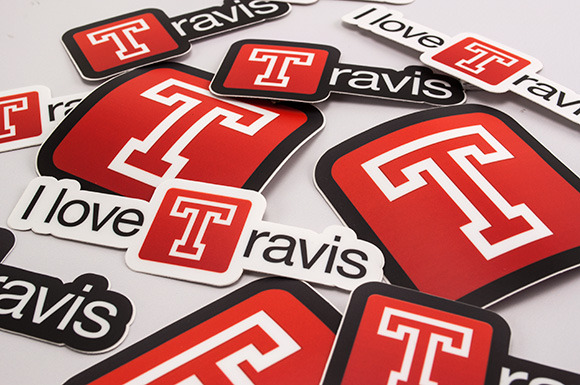
scala-maxmind-geoip is a Scala wrapper for the MaxMind Java Geo-IP library.
Besides the friendly Scala syntax, you get configurable LRU caching out of the box. And if you are using SBT there’s built-in automagical update to the latest MaxMind GeoLiteCity.dat and Java client library version.
Quick usage example:
1 2 3 4 5 6 7 | |
scala-maxmind-geoip is written by Alexander Dean from SnowPlow Analytics.



